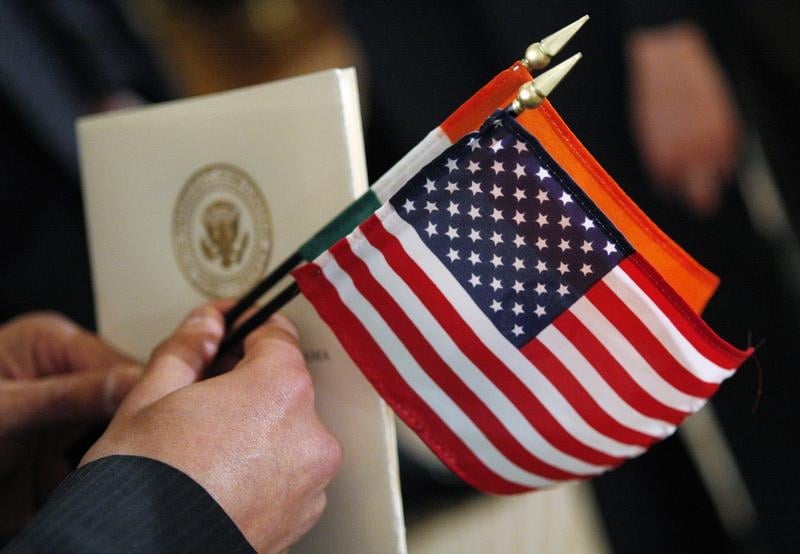
Disappointed over India’s reaction to US sale of F-16 jets to Pakistan: FO
The Indian lobby factor
The first time India trounced Pakistani influence in Washington DC was during the Kargil days. The Indians living in America were mobilised following consistent losses on the ground against Pakistan’s armed forces. Even a full page advertisement was placed in the New York Times branding Pakistan Army as ‘rouge’. Eventually, Bill Clinton fell in line and Nawaz agreed on a retreat and more.
The next major gain for the India lobby in America was winning a nuclear deal despite Delhi being a non-signatory to the non-proliferation treaty (NPT). The framework for the US–India Civil Nuclear Agreement was signed between George W Bush and Manmohan Singh in 2005.
In 2014, Republican candidate Louisiana Governor Bobby Jindal joined the race for the 2016 US presidential election. He failed to make a mark amongst the party faithfuls but surely reflected the aspirations of the India-American community.
Recently, US President Obama had to issue an apology for his memo attacking Hillary Rodham Clinton for her relations with wealthy Indian Americans and her support for outsourcing to India. The New York senator was taunted as “D-Punjab” (Democrat from the Indian province of Punjab).
How India gained muscle in Washington
Today, America is home to approximately three million people of Indian origin. As per the 2013 Pew survey, the average household income of these Indian-Americans rests at $88,000 which is the highest among all Asian-American subgroups. Though the community isn’t ready to rest on its laurels quite yet, the most recent manifestation of India’s soft power in America was Premier Modi’s visit in 2015.
US envoy summoned: India outraged at sale of F-16 jets to Pakistan
There is a history of India’s political influence in America. In 2013 a political firestorm engulfed the Indian parliament after Wal-Mart Stores, the world’s largest retailer, disclosed spending $25 million on lobbying activities for ‘enhanced market access to Indian for investment’. Wal-Mart had reportedly bribed Indian officials for access to the lucrative retail market worth a whopping $860 billion.
Legally speaking, lobbying is kosher in America, unlike India or Pakistan. In the Lobbying Disclosure Act (LDA) of 1995, Congress defined the term ‘lobbyist’ as “any individual who is employed or retained by a client for financial or other compensation for services that include more than one lobbying contact….” The law was enacted requiring lobbyists to register and make specific disclosures to Congress about their activities and interactions with American legislators. The law was amended in 2007 and renamed Honest Leadership and Open Government Act. It strengthened the disclosure requirements and included harsh penalties for violations.
The success of the Indian lobby in America outsmarts that of its Jewish counterpart which started off in 1845. Although numerically speaking Jews make up less than 2% of the American population today, there are 10 Jewish members in the US Senate and nine Supreme Court Justices and they play a decisive role in policy-making. The invaluable support of the Jewish lobby has been catalytic for Indians. Following Modi’s meetings with Jewish advocacy groups in the US, the American Jewish Committee wrote to key members of the US Congress: "The United States, India and Israel share fundamental values, including religious and ethnic pluralism, electoral democracy and market-based economies — and common strategic challenges and concerns, including the urgent effort to thwart terrorism. As such, we regard the partnership between India and Israel as a natural one.”
Interestingly, the Indian lobby even came to the rescue of Iran ahead of the nuclear deal and undoing of sanctions. America is home to a sizeable population of dissident Iranians but still Tehran made inroads with the help of Indian-Americans.
US lawmaker blocks sale of subsidised F-16s to Pakistan
As for Pakistan, the community is in much better shape compared to the 1990s. Though far less in number and political clout, Pakistani-Americans owe a lot to Dr Maleeha Lodhi for her work during her previous two ambassadorial stints. Though fissures along ethnic and political lines still remain, the bloc has been changing for the better.
Naveed Ahmad is a Pakistani investigative journalist and academic with extensive reporting experience in the Middle East and North Africa. He is based in Doha and Istanbul. He tweets @naveed360





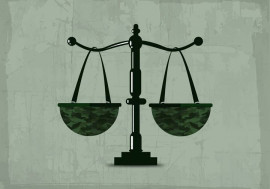

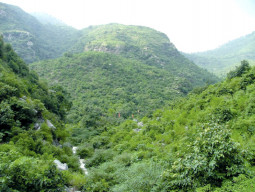


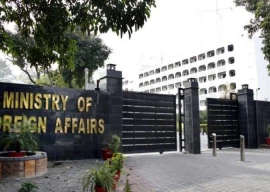


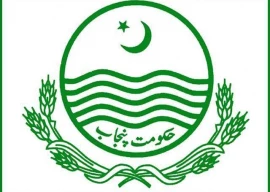

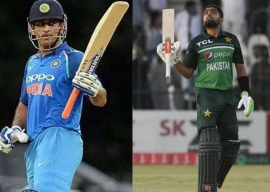







COMMENTS (30)
Comments are moderated and generally will be posted if they are on-topic and not abusive.
For more information, please see our Comments FAQ